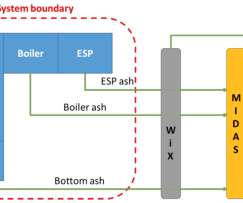New nickel-gallium catalyst could lead to low-cost, clean production of methanol; small-scale, low-pressure devices
Green Car Congress
MARCH 3, 2014
Scientists from Stanford University, SLAC National Accelerator Laboratory and the Technical University of Denmark have identified a new nickel-gallium catalyst that converts hydrogen and carbon dioxide into methanol at ambient pressure and with fewer side-products than the conventional catalyst.




















Let's personalize your content